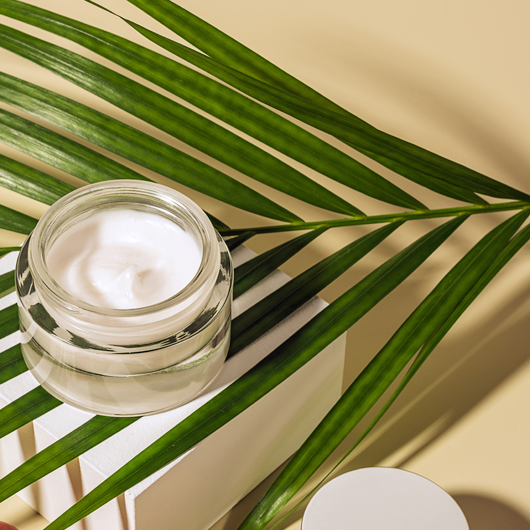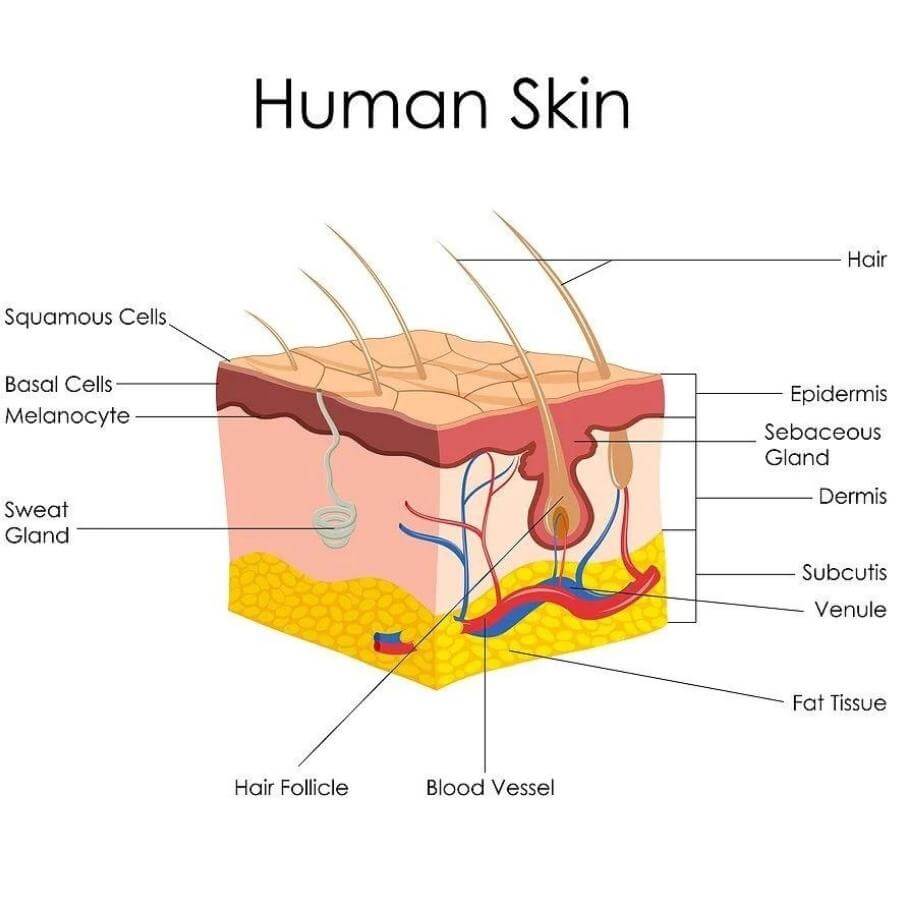Our face is made up of 3 layers — the epidermis, dermis, and hypodermis. Each segment has a function and role to play.
The Epidermis
Our skin is made up of 5 different layers. There are no nerves or blood vessels in this layer. This is the part of the surface that we see as it is the outermost layer.
- Stratum corneum - contains tightly packed skin cells that are no longer in use. When we are young, our skin sheds these cells with ease. As we get older, we must supplement the natural aging process and manually exfoliate. This way, our complexions stay bright and do not appear dull.
- Stratum lucidum - translucent cells that light can pass through. Using sunscreen that reflects light and UV rays protects your skin will ward off premature aging.
- Stratum granulosum - where cells die and are transferred to the outermost layer of skin to be shed.
- Stratum spinosum - is cells with spiny threads that bind together with the basal layer where moisture is held. The higher the moisture level, the more supple a complexion appears.
- Stratum germinativum (also referred to as stratum basale) is where the effect of sun damage can begin to appear. Age and brown spots start to show in the form of dark pigment.
The Dermis
It's the inner layer of our skin and is also the most important. It is very delicate as it contains blood vessels, nerves, sweat and oil glands, hair follicles, and papillary. Its function is to provide elasticity to the skin through collagen fibers. Collagen fibers in the papillary contain nutrients that feed the skin. It does this with "finger-like" extensions are called the papillae.
The Hypodermis
The function of the hypodermis is to house fat and connective tissue.








